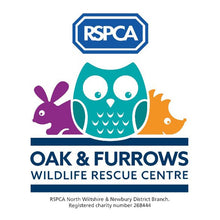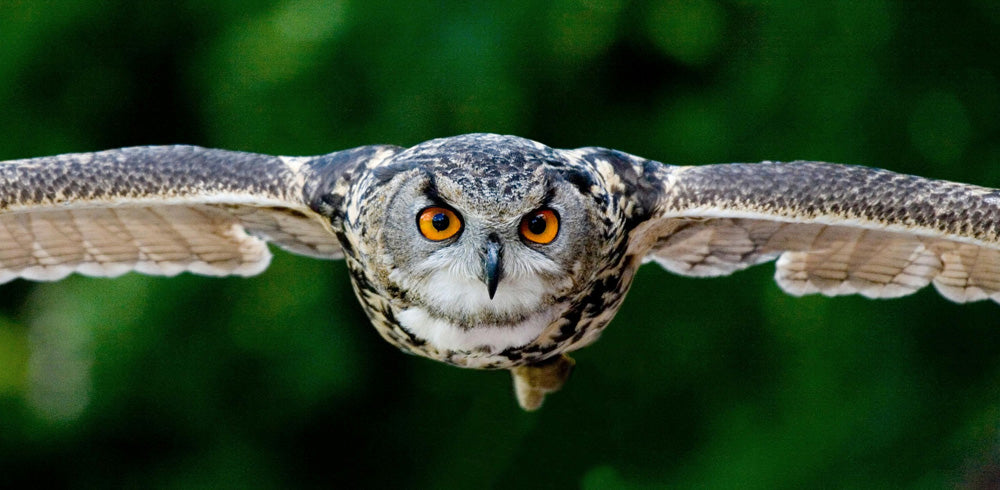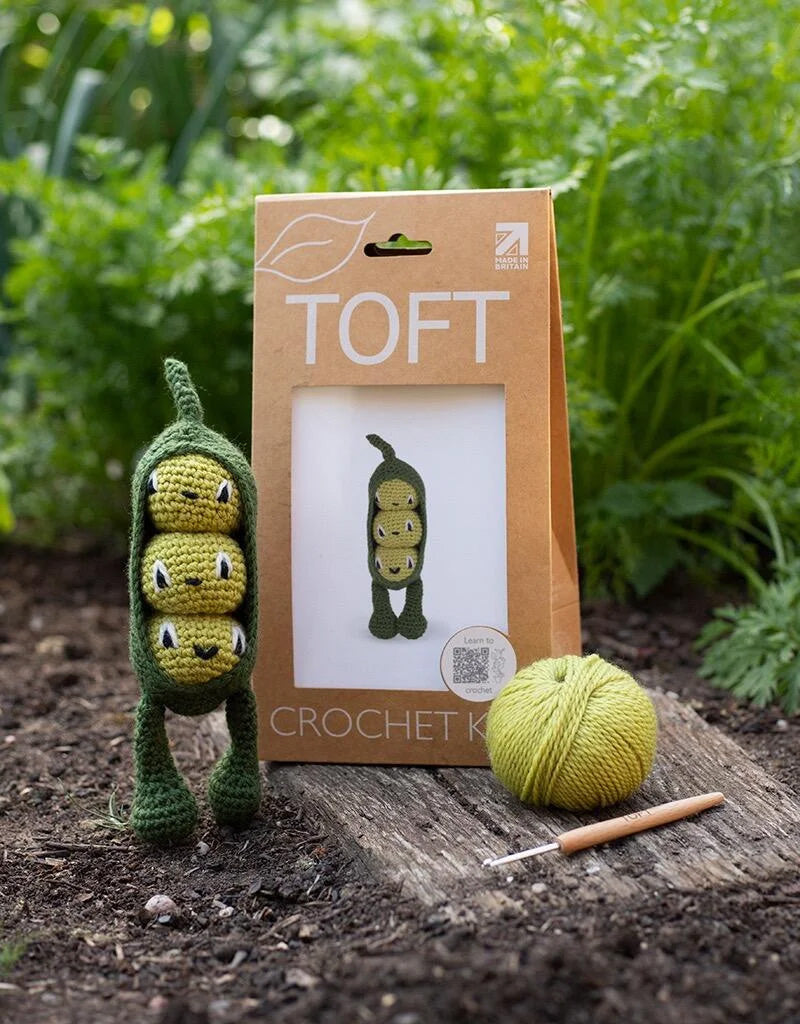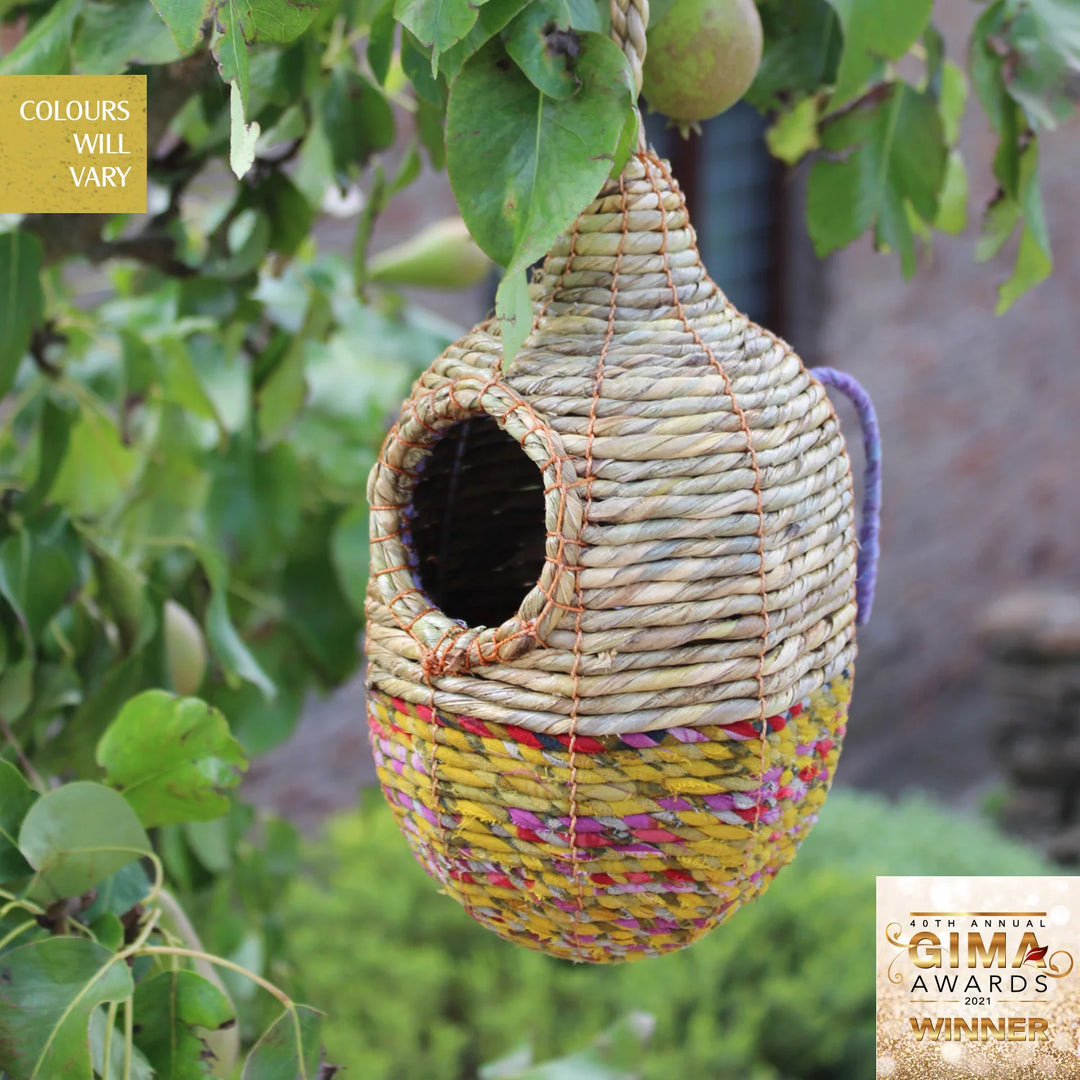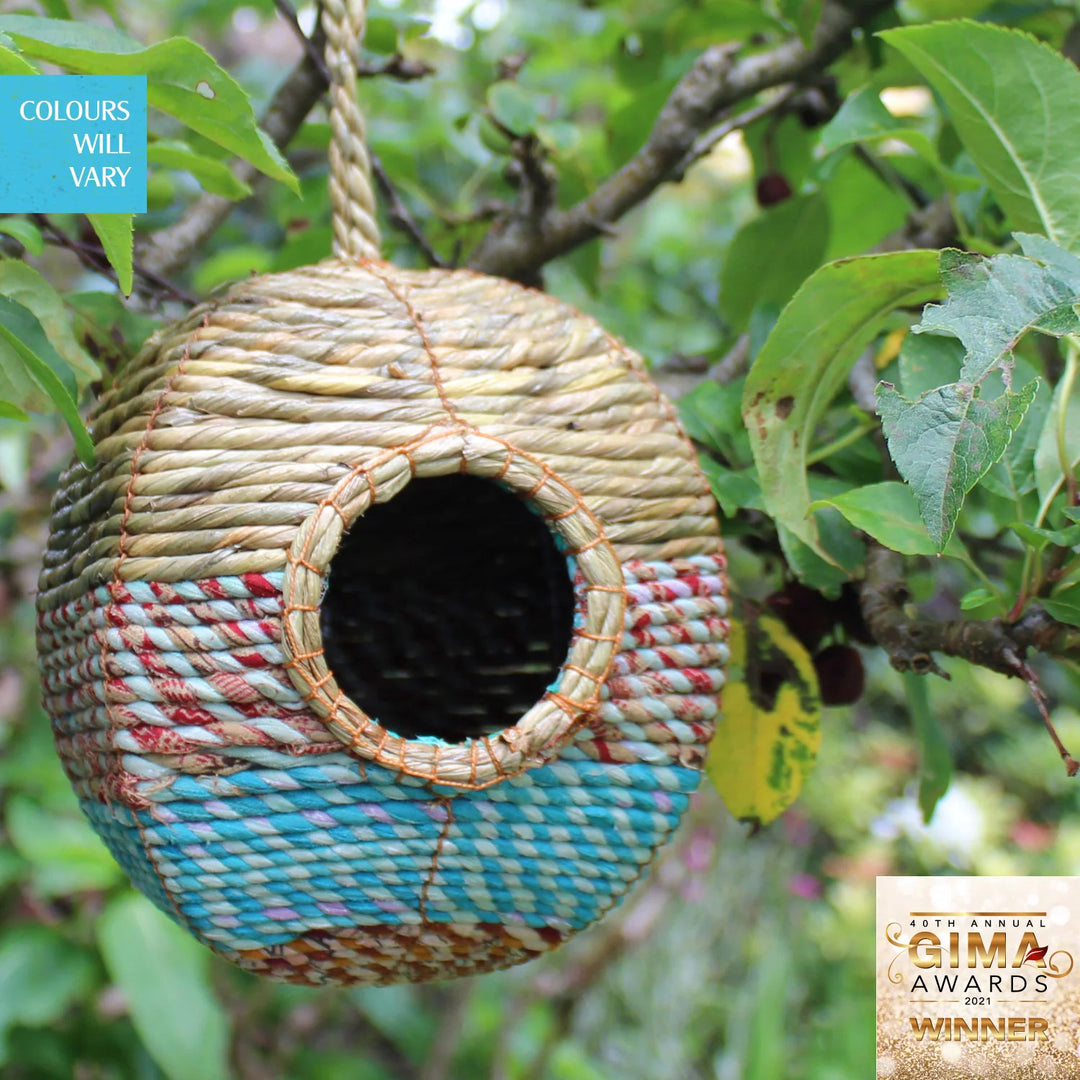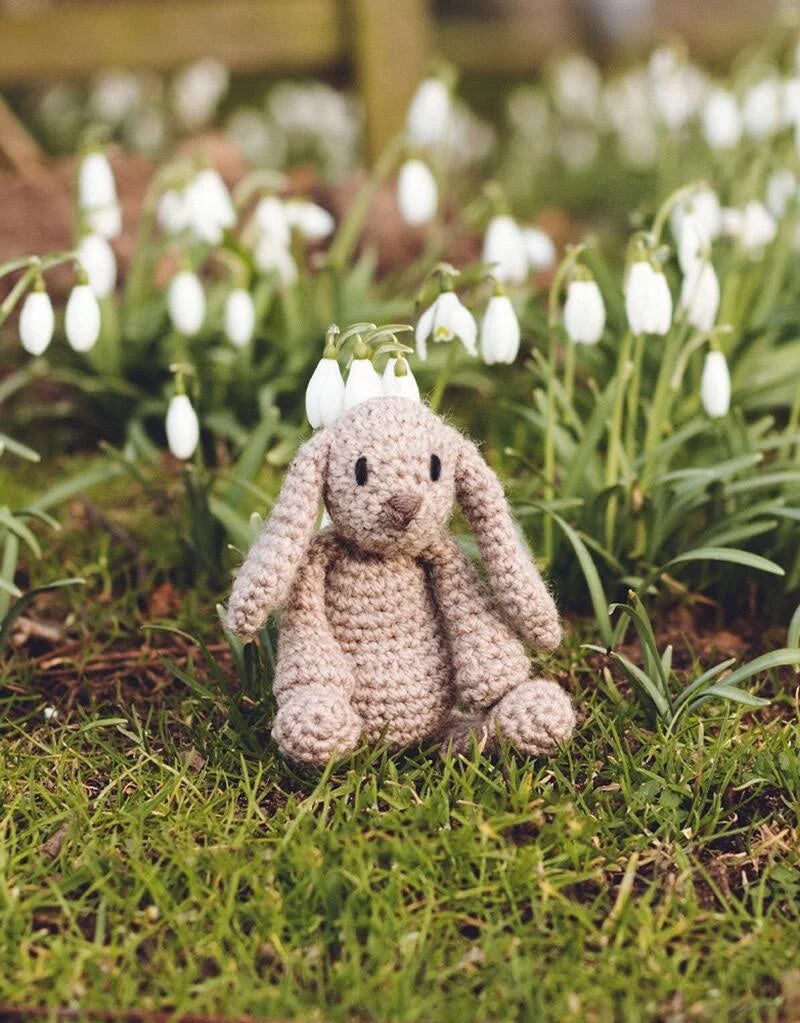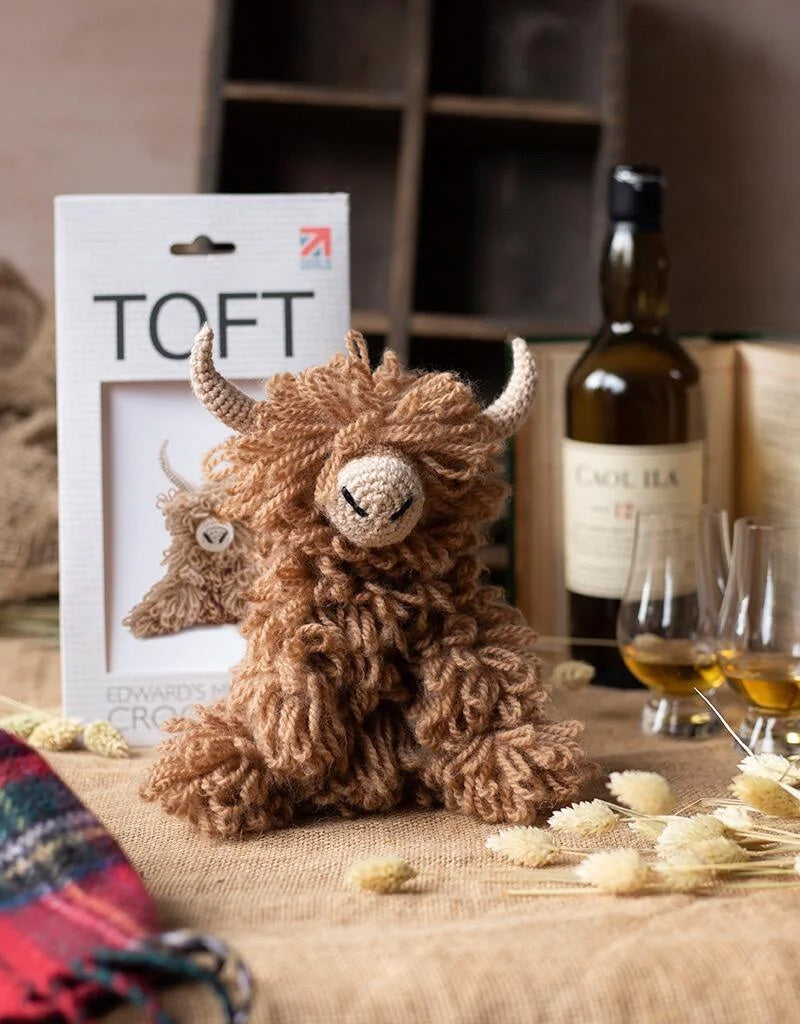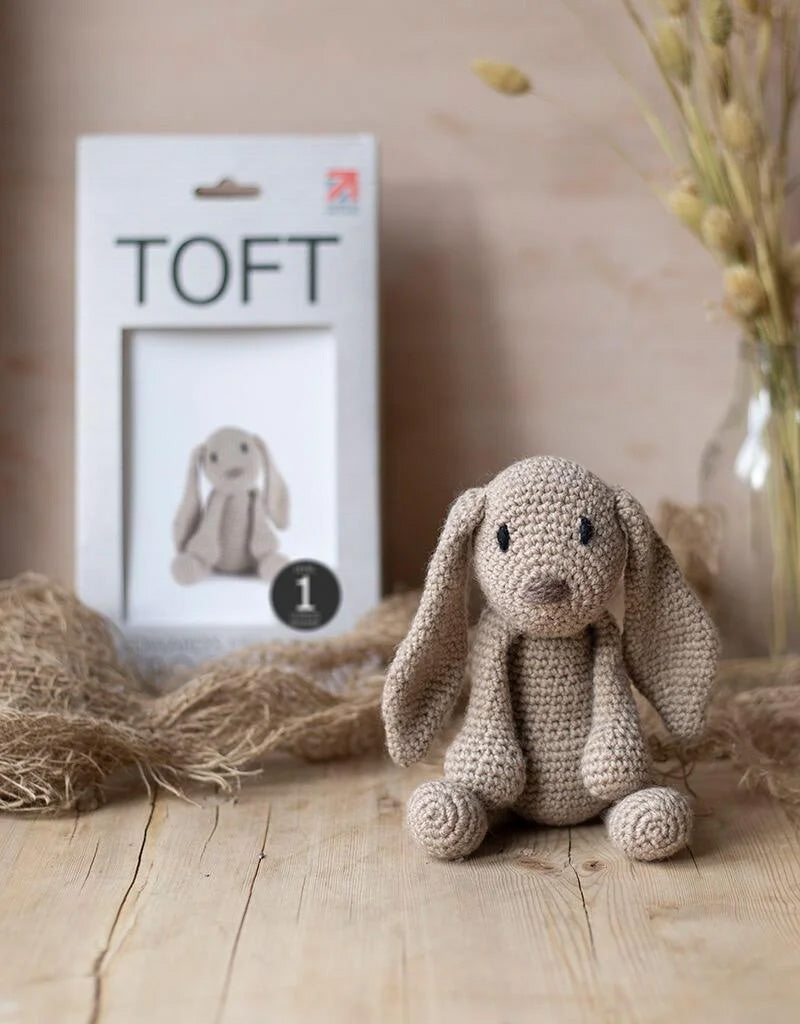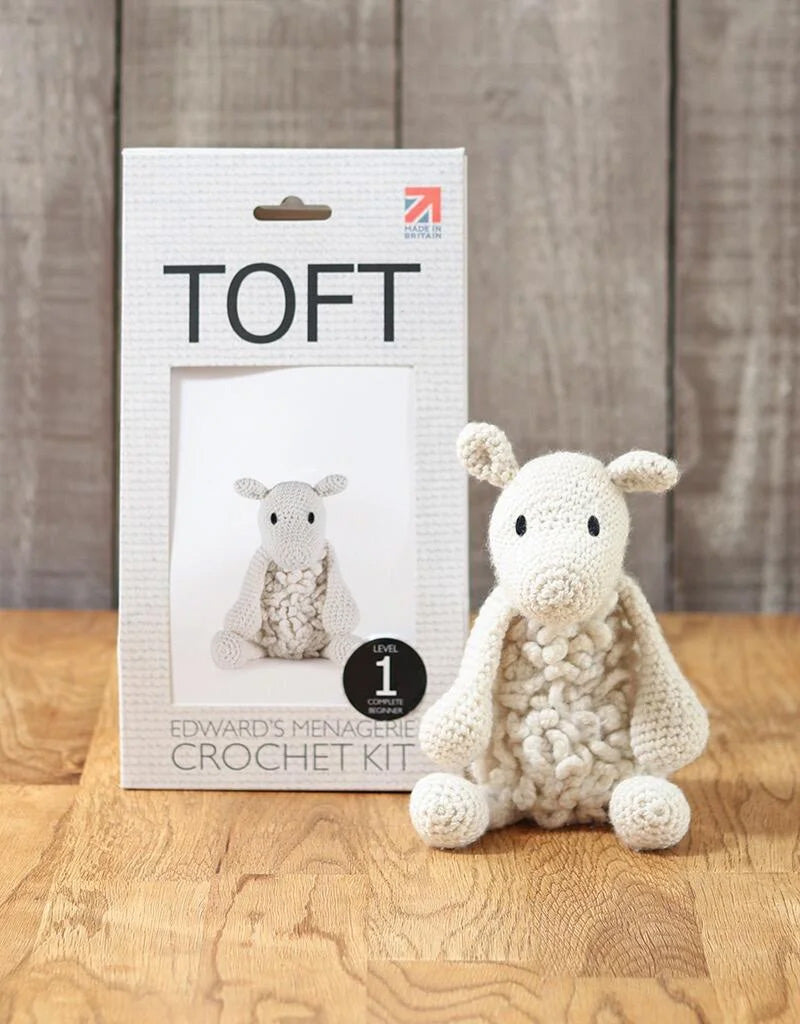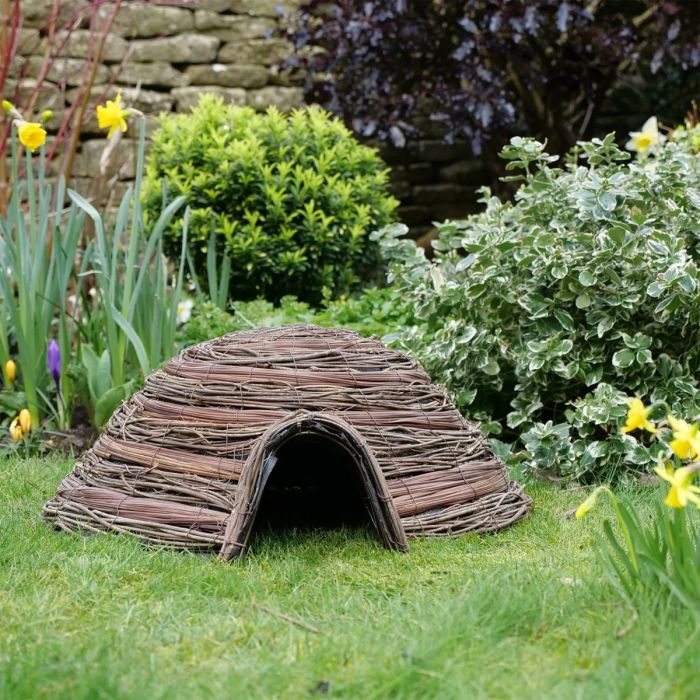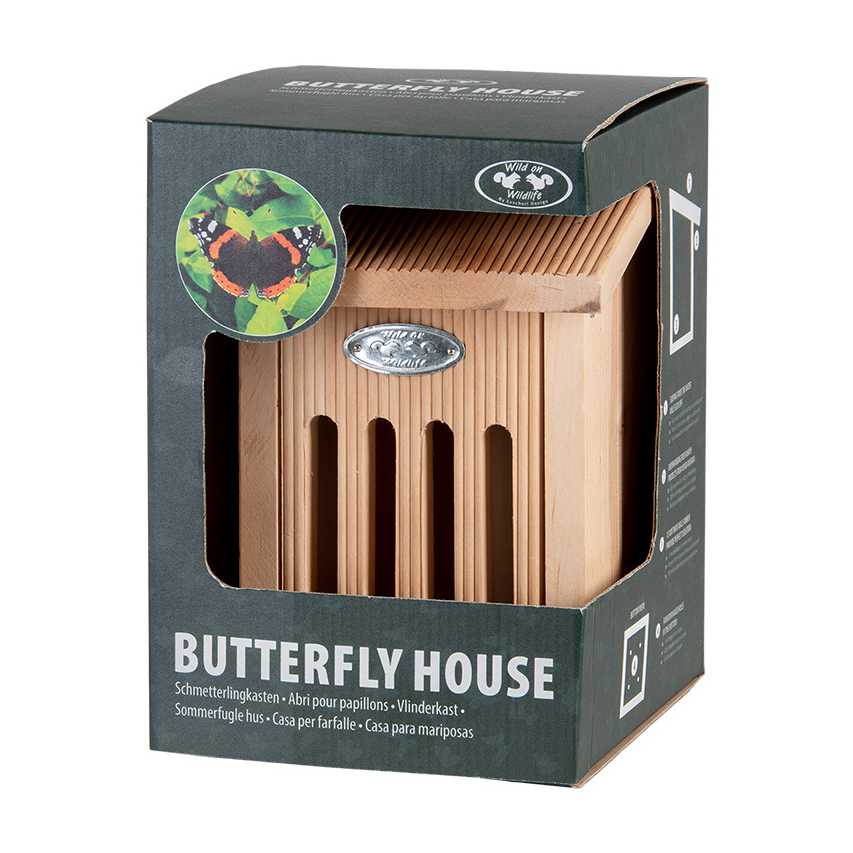Owls
Owls in the UK are known for their unique habitat, stunning plumage, and mysterious behavior. These wild birds are not only beautiful to look at, but they also play a crucial role in the ecosystem. Unfortunately, many owl species in the UK are endangered, making it important to protect and preserve their natural habitats.
One of the most iconic features of owls is their ability to turn their heads almost 360 degrees, allowing them to see in all directions without moving their bodies. This adaptation is essential for hunting and navigating their environment. Owls are known for their silent flight, which helps them sneak up on their prey without being detected.
In the UK, there are several species of owls that are protected under conservation laws due to their declining populations. The barn owl, tawny owl, and little owl are just a few examples of these majestic birds that are in need of our help to survive. Conservation efforts are underway to protect their habitats and ensure their continued existence in the wild.
Owls in the UK have a diverse diet that includes small mammals, birds, insects, and even fish. They are skilled hunters that use their sharp talons and powerful beaks to catch and consume their prey. Owls are also known for regurgitating pellets of undigested bones, fur, and feathers after eating, providing valuable information to researchers about their diet and feeding habits.
The plumage of owls in the UK varies in colour and pattern, with some species having mottled brown and white feathers for camouflage, while others have striking black and white markings. Their feathers are adapted for silent flight, with soft edges that reduce noise as they glide through the air. Owls also have specialized feathers on their legs and feet that help them grip onto prey and tree branches.
Owls in the UK build nests in trees, cliffs, and abandoned buildings, using twigs, leaves, and feathers to create a cozy home for their eggs and young. They are devoted parents that take turns incubating the eggs and feeding the chicks once they hatch. Owls are known for their distinctive hooting calls, which they use to communicate with each other and establish territory boundaries.
Migration is a natural behavior for some owl species in the UK, as they travel to warmer climates during the winter months in search of food and better nesting sites. These long-distance journeys can be perilous, with many owls facing threats such as habitat loss, pollution, and climate change along the way. Conservationists are working to protect migratory owl species and their habitats to ensure their survival for future generations.
In conclusion, owls in the UK are remarkable birds that deserve our admiration and protection. Their unique habitat, stunning plumage, and mysterious behavior make them a symbol of the wild beauty that surrounds us. By learning more about these fascinating creatures and supporting conservation efforts, we can help ensure that owls continue to thrive in the UK for years to come.
One of the most iconic features of owls is their ability to turn their heads almost 360 degrees, allowing them to see in all directions without moving their bodies. This adaptation is essential for hunting and navigating their environment. Owls are known for their silent flight, which helps them sneak up on their prey without being detected.
In the UK, there are several species of owls that are protected under conservation laws due to their declining populations. The barn owl, tawny owl, and little owl are just a few examples of these majestic birds that are in need of our help to survive. Conservation efforts are underway to protect their habitats and ensure their continued existence in the wild.
Owls in the UK have a diverse diet that includes small mammals, birds, insects, and even fish. They are skilled hunters that use their sharp talons and powerful beaks to catch and consume their prey. Owls are also known for regurgitating pellets of undigested bones, fur, and feathers after eating, providing valuable information to researchers about their diet and feeding habits.
The plumage of owls in the UK varies in colour and pattern, with some species having mottled brown and white feathers for camouflage, while others have striking black and white markings. Their feathers are adapted for silent flight, with soft edges that reduce noise as they glide through the air. Owls also have specialized feathers on their legs and feet that help them grip onto prey and tree branches.
Owls in the UK build nests in trees, cliffs, and abandoned buildings, using twigs, leaves, and feathers to create a cozy home for their eggs and young. They are devoted parents that take turns incubating the eggs and feeding the chicks once they hatch. Owls are known for their distinctive hooting calls, which they use to communicate with each other and establish territory boundaries.
Migration is a natural behavior for some owl species in the UK, as they travel to warmer climates during the winter months in search of food and better nesting sites. These long-distance journeys can be perilous, with many owls facing threats such as habitat loss, pollution, and climate change along the way. Conservationists are working to protect migratory owl species and their habitats to ensure their survival for future generations.
In conclusion, owls in the UK are remarkable birds that deserve our admiration and protection. Their unique habitat, stunning plumage, and mysterious behavior make them a symbol of the wild beauty that surrounds us. By learning more about these fascinating creatures and supporting conservation efforts, we can help ensure that owls continue to thrive in the UK for years to come.

